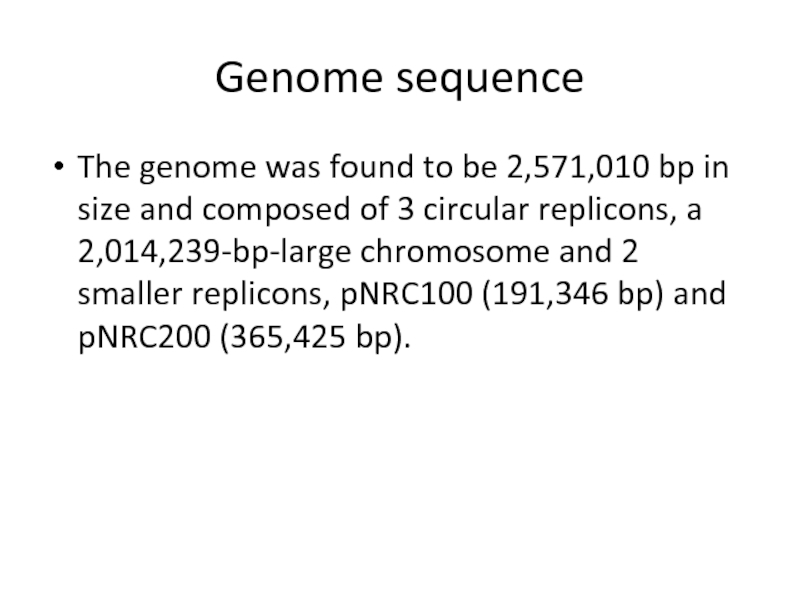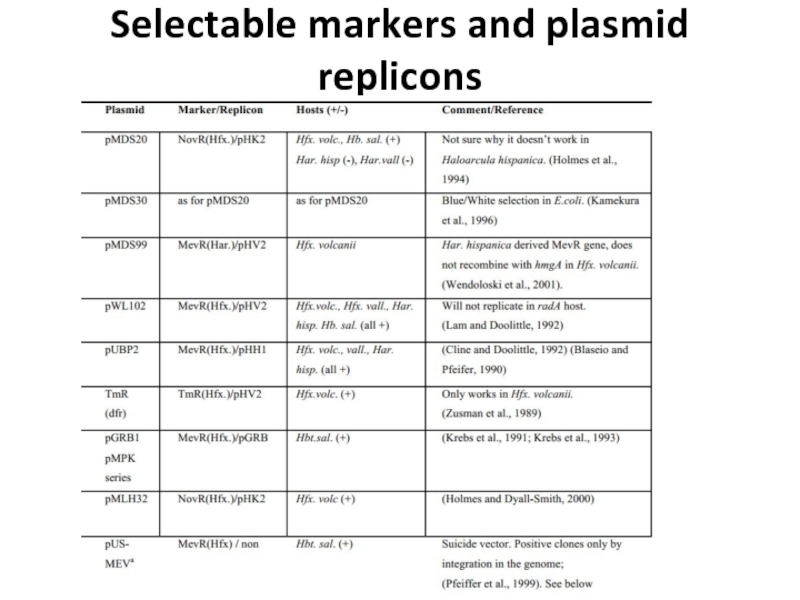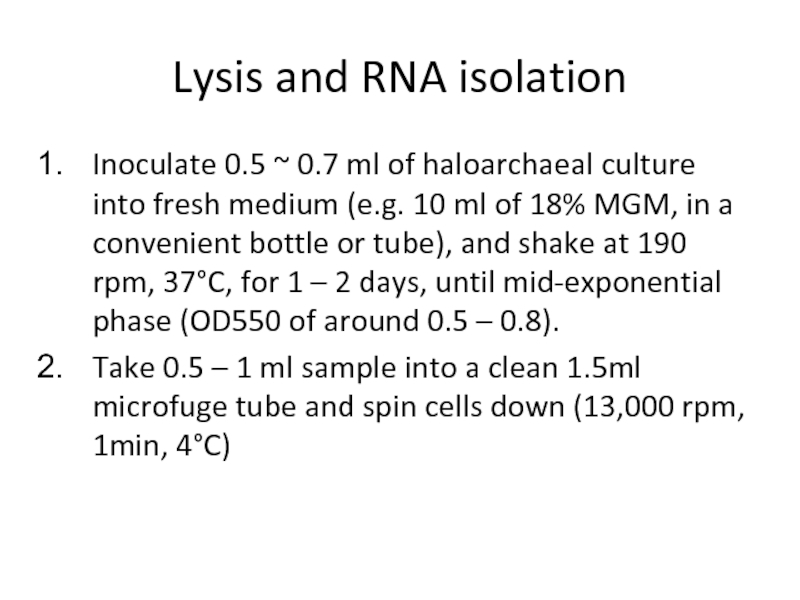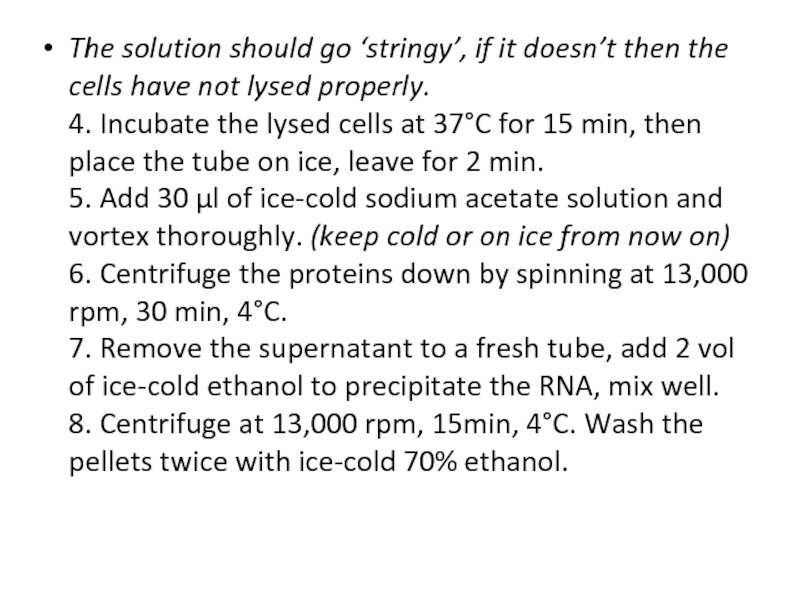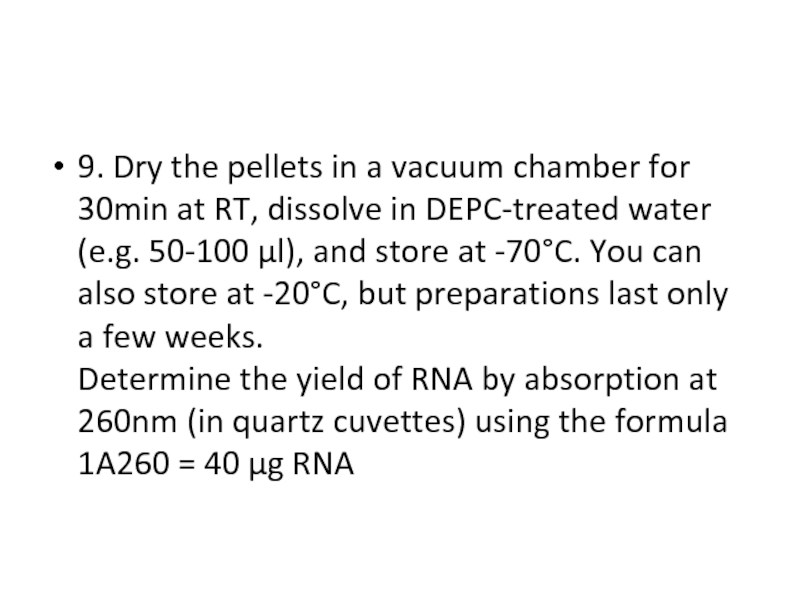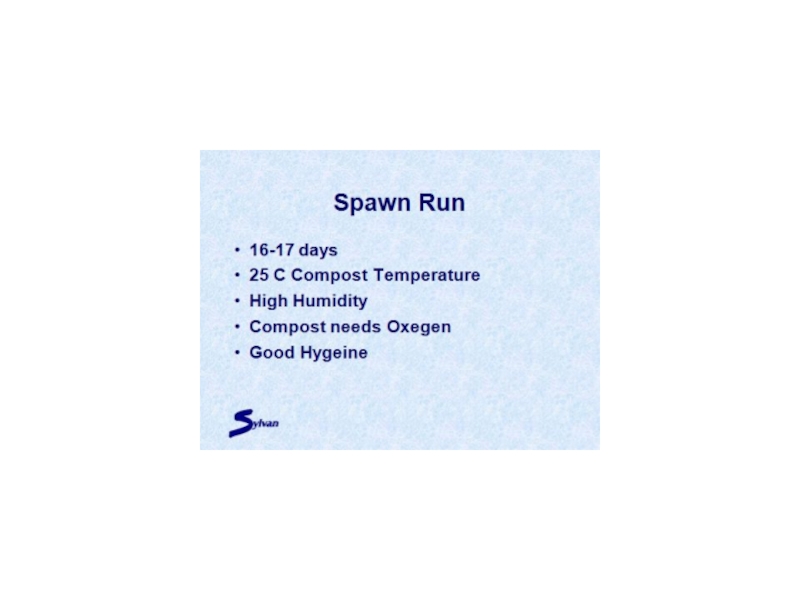- Главная
- Разное
- Дизайн
- Бизнес и предпринимательство
- Аналитика
- Образование
- Развлечения
- Красота и здоровье
- Финансы
- Государство
- Путешествия
- Спорт
- Недвижимость
- Армия
- Графика
- Культурология
- Еда и кулинария
- Лингвистика
- Английский язык
- Астрономия
- Алгебра
- Биология
- География
- Детские презентации
- Информатика
- История
- Литература
- Маркетинг
- Математика
- Медицина
- Менеджмент
- Музыка
- МХК
- Немецкий язык
- ОБЖ
- Обществознание
- Окружающий мир
- Педагогика
- Русский язык
- Технология
- Физика
- Философия
- Химия
- Шаблоны, картинки для презентаций
- Экология
- Экономика
- Юриспруденция
Halobacterium salinarum презентация
Содержание
- 1. Halobacterium salinarum
- 2. is not a bacterium, but is
- 3. Halobacterium salinarum Domain: Archaea Kingdom:
- 5. For H. salinarum to grow in hypersaline environments,
- 6. Amino acids are the main source
- 7. COLONIES OF HALOBACTERIUM SALINARUM GROWING ON SALT-SATURATED AGAR PLATE
- 10. Medium selection and its composition can grow
- 11. Growth studies Figure 1: Growth curves of
- 12. Figure 2: Bacteriorhodopsin produced by H.
- 13. Figure 3: Bacteriorhodopsin contents in H.
- 14. Figure 4: Repeated batch cultivation of
- 15. Figure 5: Images of H. salinarum
- 16. Figure 6: Bacteriorhodopsin produced by H.
- 17. Protection against ionizing radiation and desiccation
- 18. Genome Whole genome sequences are available for
- 19. Genome sequence The genome was found to
- 20. This archaean has three chromosomes: a
- 21. Transformation
- 22. Selectable markers and plasmid replicons
- 23. Lysis and RNA isolation Inoculate 0.5
- 24. 3. Put the tubes on ice
- 26. The solution should go ‘stringy’, if it
- 27. 9. Dry the pellets in a
- 28. Thank you for attention!!!
Слайд 2
is not a bacterium, but is a model organism from the
halophilic branch of Archaea
It is classified as an extremophile due to its ability to survive in environments with very high salt concentrations.
Due to their high salinity, these salterns become purple or reddish color with the presence of halophilic Archaea.
It is classified as an extremophile due to its ability to survive in environments with very high salt concentrations.
Due to their high salinity, these salterns become purple or reddish color with the presence of halophilic Archaea.
Слайд 3Halobacterium salinarum
Domain: Archaea
Kingdom: Euryarchaeota
Phylum: Euryarchaeota
Class: Halobacteria
Order:
Halobacteriales
Family: Halobacteriaceae
Genus: Halobacterium
Species: H. salinarium
Family: Halobacteriaceae
Genus: Halobacterium
Species: H. salinarium
Слайд 5
For H. salinarum to grow in hypersaline environments, it contains a highly concentrated
salt solution (mainly consisting of potassium chloride, KCl)
This commitment to an extremely salty existence has its advantages; H. salinarum can grow with less interspecies competition than microbes living in more moderate conditions such as the ocean.
This commitment to an extremely salty existence has its advantages; H. salinarum can grow with less interspecies competition than microbes living in more moderate conditions such as the ocean.
Слайд 6
Amino acids are the main source of chemical energy for H.
salinarum, particularly arginine and aspartate, though they are able to metabolize other amino acids, as well.[2] H. salinarum have been reported to not be able to grow on sugars, and therefore need to encode enzymes capable of performing gluconeogenesis to create sugars. Although "H. salinarum" is unable to catabolize glucose, the transcription factor TrmB has been proven to regulate the gluconeogenic production of sugars found on the S-layer glycoprotein.
Слайд 10Medium selection and its composition
can grow in a simple salts medium
with lactate, pyruvate, glucose, or glycerol as sole carbon sources.
Слайд 11Growth studies
Figure 1: Growth curves of H. salinarum cultivated in bacteriological
peptone, tryptone and yeast extract medium.
Слайд 12
Figure 2: Bacteriorhodopsin produced by H. salinarum cultivated in bacteriological peptone,
tryptone and yeast extract medium.
Слайд 13
Figure 3: Bacteriorhodopsin contents in H. salinarum cultivated in bacteriological peptone,
tryptone and yeast extract medium.
Слайд 14
Figure 4: Repeated batch cultivation of H. salinarum in full-tryptone medium
of a shaker flask and half-tryptone medium of a bubble column photobioreator, black-solid and red-broken arrow indicates full and half tryptone medium replacement.
Слайд 15
Figure 5: Images of H. salinarum cultivated with half-tryptone medium in
a bubble column photobioreator under repeated batch operation. (pH 7,2)
Слайд 16
Figure 6: Bacteriorhodopsin produced by H. salinarum cultivated in fulltryptone medium
of a shaker flask and half-tryptone medium in a bubble column photobioreator under repeated batch operation.
Слайд 17
Protection against ionizing radiation and desiccation
H. salinarum is polyploid and highly
resistant to ionizing radiation and desiccation, conditions that induce DNA double-strand breaks. Although chromosomes are initially shattered into many fragments, complete chromosomes are regenerated by making use of over-lapping fragments. Regeneration occurs by a process involving DNA single-stranded binding protein, and is likely a form of homologous recombinational repair.
Слайд 18Genome
Whole genome sequences are available for two strains of H. salinarum,
NRC-1[2] and R1.[20] The Halobacterium sp. NRC-1 genome consists of 2,571,010 base pairs on one large chromosome and two mini-chromosomes. The genome encodes 2,360 predicted proteins.[2] The large chromosome is very G-C rich (68%).[21] High GC-content of the genome increases stability in extreme environments. Whole proteome comparisons show the definite archaeal nature of this halophile with additional similarities to the Gram-positive Bacillus subtilis and other bacteria.
Слайд 19Genome sequence
The genome was found to be 2,571,010 bp in size
and composed of 3 circular replicons, a 2,014,239-bp-large chromosome and 2 smaller replicons, pNRC100 (191,346 bp) and pNRC200 (365,425 bp).
Слайд 20
This archaean has three chromosomes: a genomic chromosome of 2,015kb size,
a 366kb replicon and a 191kb replicon. Its replicons have genes for DNA polymerase, transcription factors, mineral (K and PO4) uptake, and cell division. The genomic chromosome has many transposon insertion sites. Halobacterium salinarium carries out aerobic respiration but in water up to 5M (25%!) NaCl (salt). It can be found in the Great Salt Lake in Utah and the Red Sea in Asia Minor.
Слайд 23Lysis and RNA isolation
Inoculate 0.5 ~ 0.7 ml of haloarchaeal
culture into fresh medium (e.g. 10 ml of 18% MGM, in a
convenient bottle or tube), and shake at 190 rpm, 37°C, for 1 – 2 days, until mid-exponential
phase (OD550 of around 0.5 – 0.8).
Take 0.5 – 1 ml sample into a clean 1.5ml microfuge tube and spin cells down (13,000 rpm, 1min, 4°C)
Take 0.5 – 1 ml sample into a clean 1.5ml microfuge tube and spin cells down (13,000 rpm, 1min, 4°C)
Слайд 24
3. Put the tubes on ice and remove the supernatant as
completely (get the last volume out with a micropipette), then add 80 µl of lysis solution. Pipette up and down to make sure the entire cell pellet is lysed and evenly mixed in the solution, but avoid making air bubbles.
Слайд 26The solution should go ‘stringy’, if it doesn’t then the cells
have not lysed properly.
4. Incubate the lysed cells at 37°C for 15 min, then place the tube on ice, leave for 2 min.
5. Add 30 µl of ice-cold sodium acetate solution and vortex thoroughly. (keep cold or on ice from now on)
6. Centrifuge the proteins down by spinning at 13,000 rpm, 30 min, 4°C.
7. Remove the supernatant to a fresh tube, add 2 vol of ice-cold ethanol to precipitate the RNA, mix well.
8. Centrifuge at 13,000 rpm, 15min, 4°C. Wash the pellets twice with ice-cold 70% ethanol.
Слайд 27
9. Dry the pellets in a vacuum chamber for 30min at
RT, dissolve in DEPC-treated water (e.g. 50-100 µl), and store at -70°C. You can also store at -20°C, but preparations last only a few weeks.
Determine the yield of RNA by absorption at 260nm (in quartz cuvettes) using the formula
1A260 = 40 µg RNA

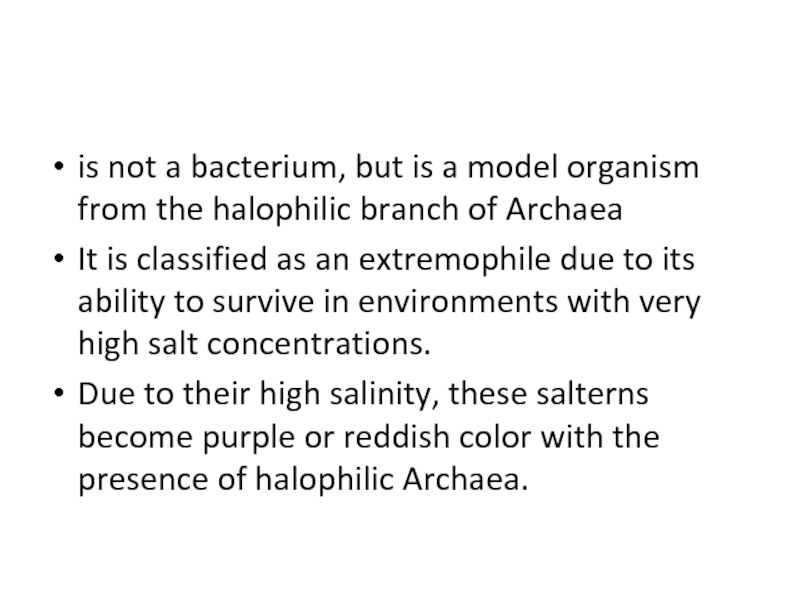
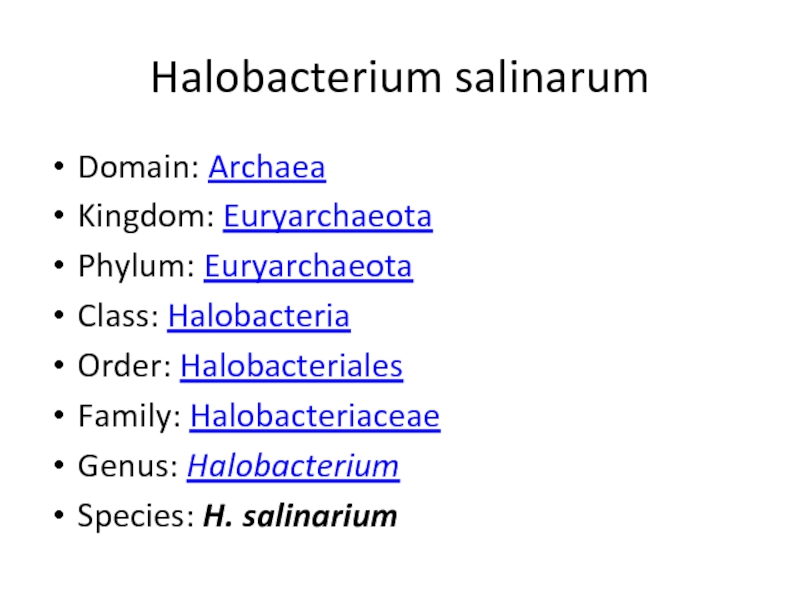
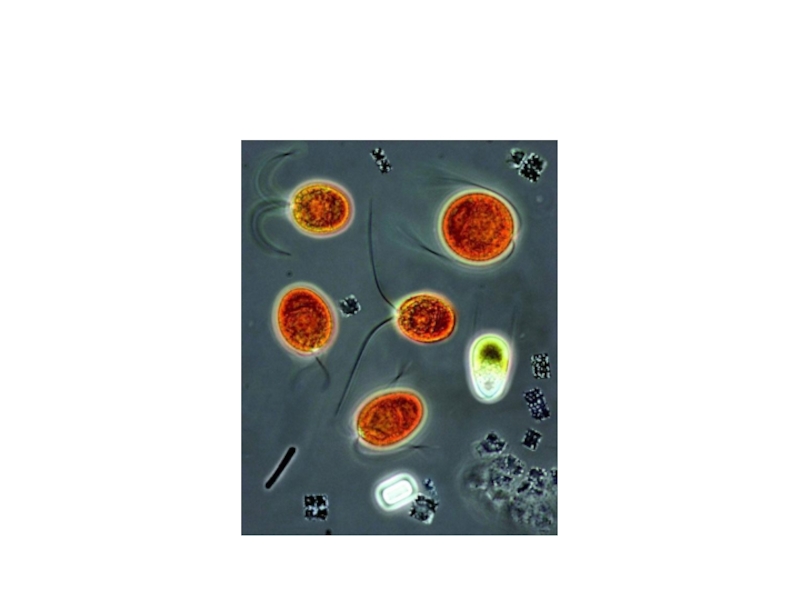
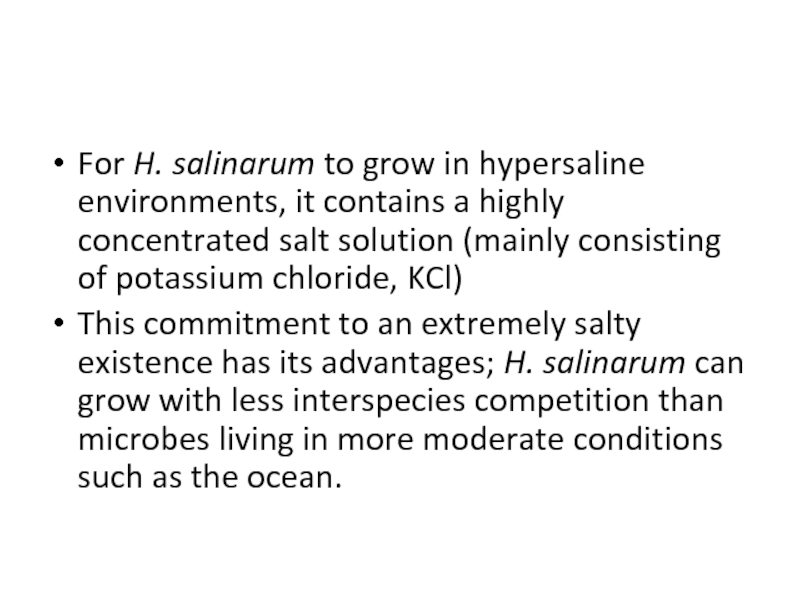
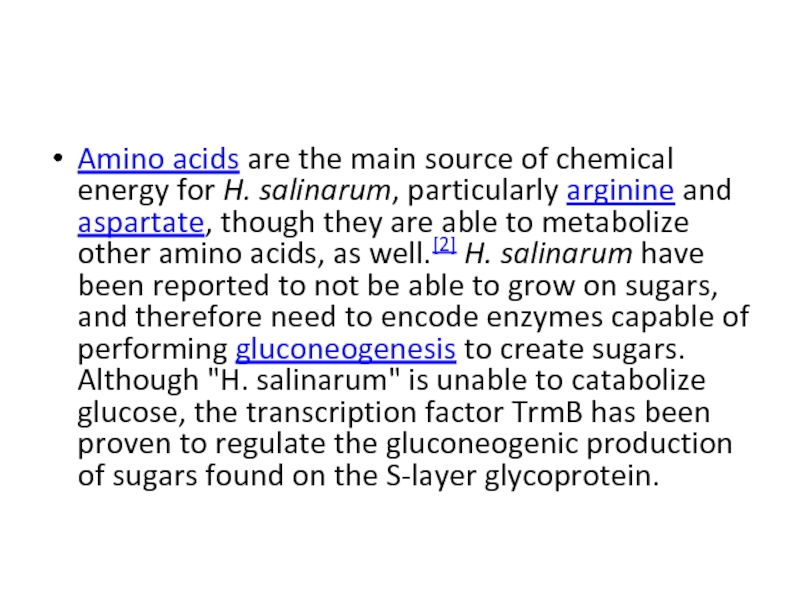
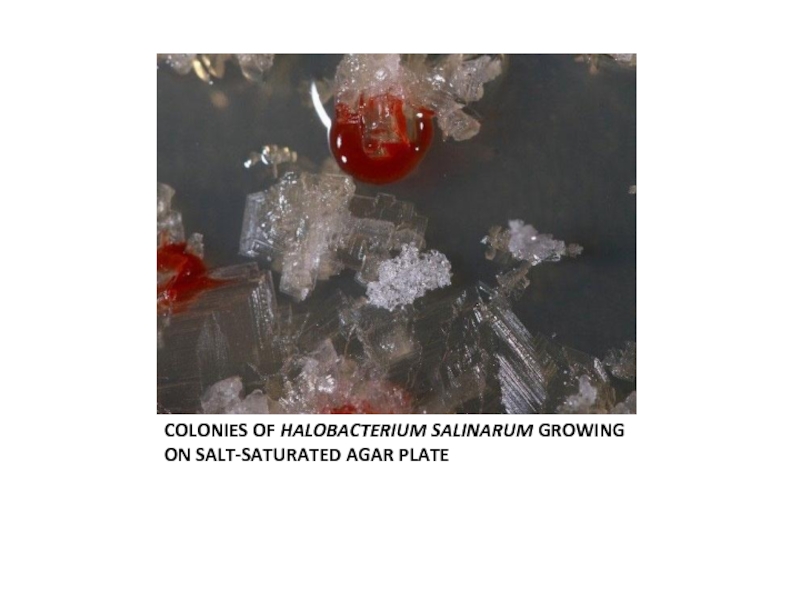
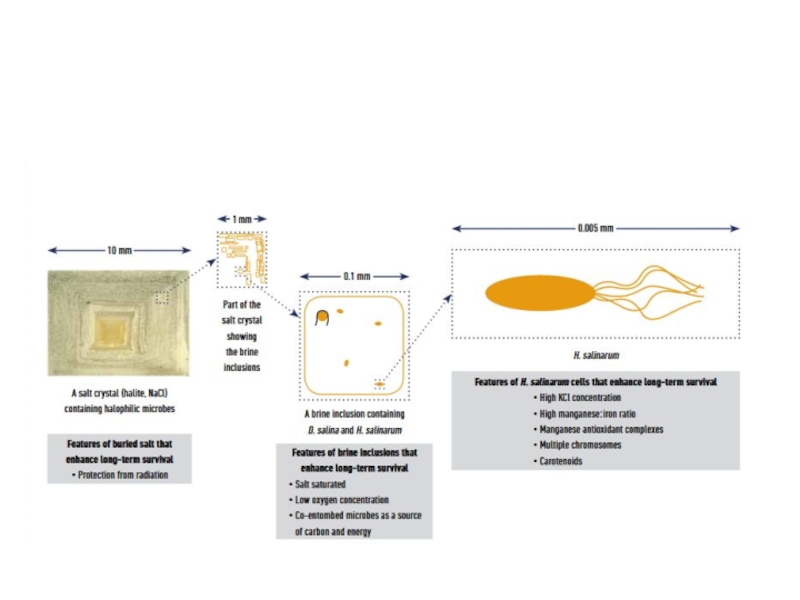
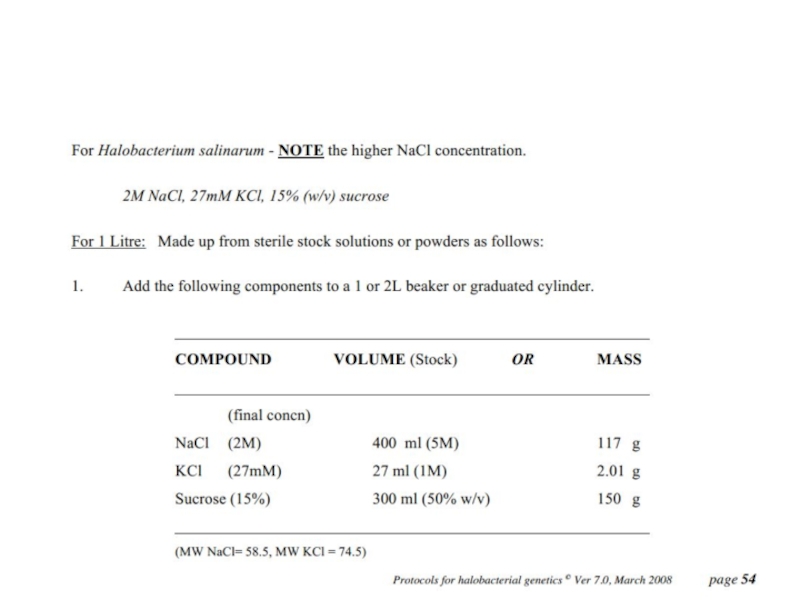
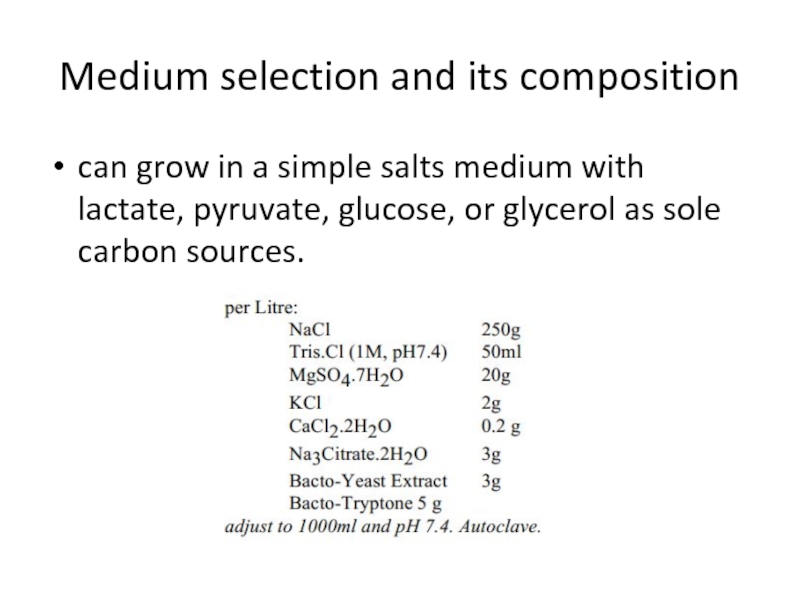


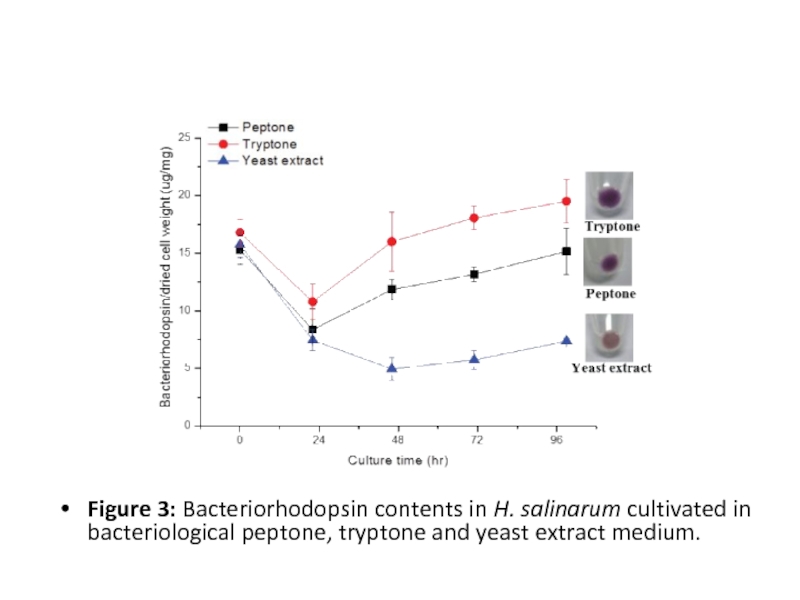

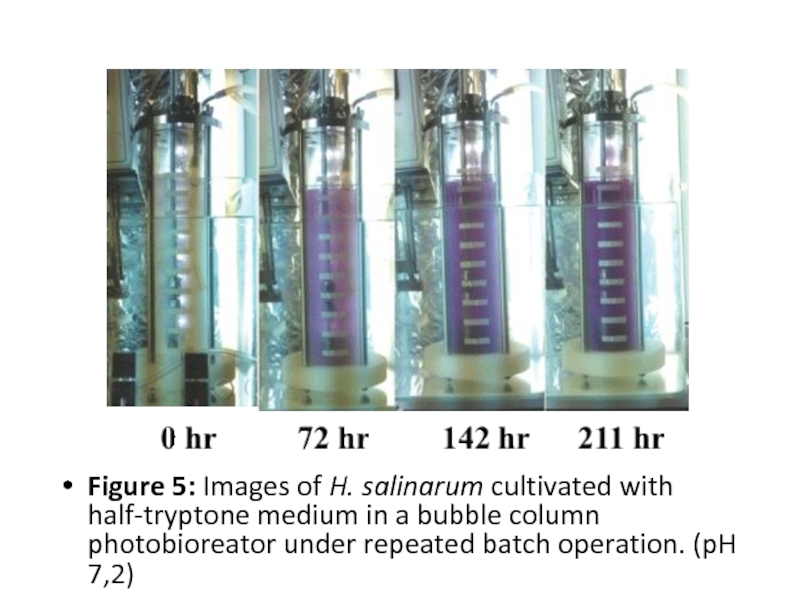
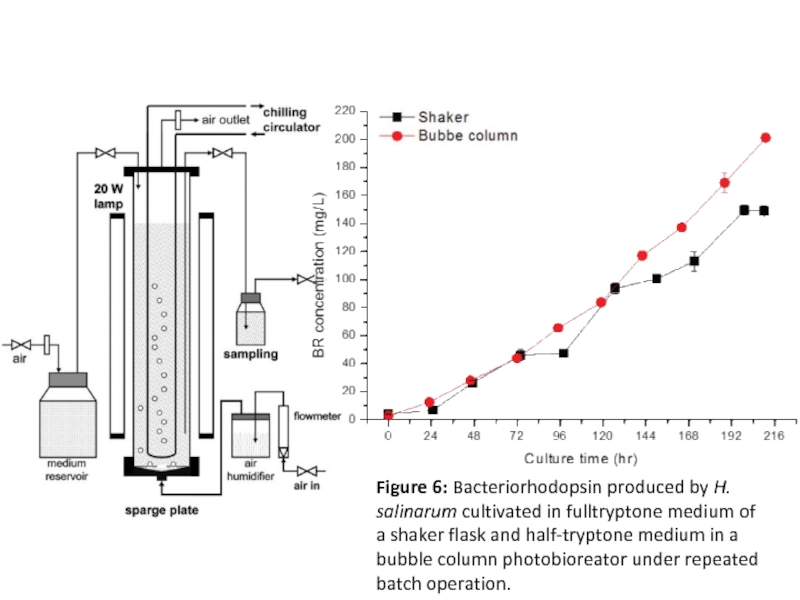

![GenomeWhole genome sequences are available for two strains of H. salinarum, NRC-1[2] and R1.[20] The](/img/tmb/4/384697/d4d68e2700e9ea8f7e797bf0c6c151f8-800x.jpg)
